Do Hydrangeas only bloom on old growth, not new?
highlandernorth
9 years ago
Related Stories
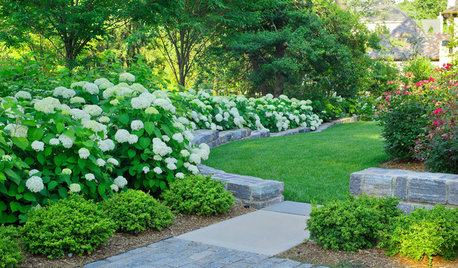
FLOWERS AND PLANTSHydrangea Arborescens Illuminates Garden Borders and Paths
This long-blooming eastern North American native shrub finds a home in landscapes around the world
Full Story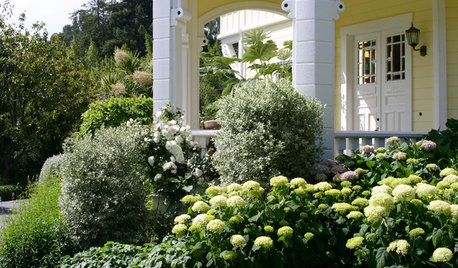
GARDENING AND LANDSCAPINGHave a Ball With Hydrangeas
Even if you don't tinker with the hue by changing the soil, hydrangeas have an entertaining range of uses in all kinds of landscapes
Full Story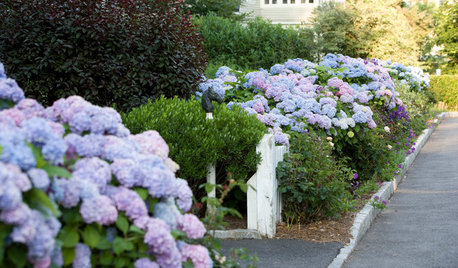
FLOWERSWhy You Should Give Hydrangeas a Place in Your Yard
The exuberant mop-headed beauties evoke dreams of an endless summer by the sea
Full Story
GARDENING GUIDESTop 12 Summer-Blooming Perennials for Deer-Resistant Drama
Can you have garden color, fragrance and exciting foliage with hungry deer afoot? These beauties say yes
Full Story
HOUSEPLANTSHow to Force Amaryllis Bulbs Indoors
Enjoy vibrant red blossoms even as gardens turn snowy white, by teaching this hardy repeat performer to ignore the calendar
Full Story
GARDENING GUIDESHow to Prune Your Flowering Shrubs for the Best Blooms
Less is often more when it comes to properly pruning flowering shrubs. Here’s what to do and why
Full Story
GARDENING GUIDESGreat Design Plant: Amelanchier Signals Spring With Airy White Blooms
With roughly 20 species of serviceberry native to the U.S., bees can feed on the early-season blooms while birds enjoy the summer berries
Full Story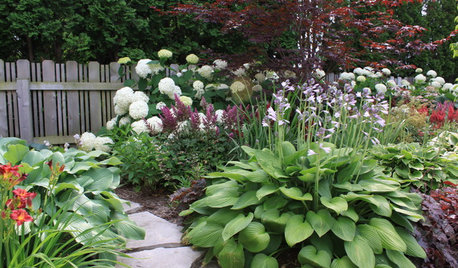
MOST POPULARSpring Gardens Are Blooming — Here’s What to Do in April
Get the guide you need for gardening in your U.S. region, with tasks, climate-appropriate plantings and more
Full Story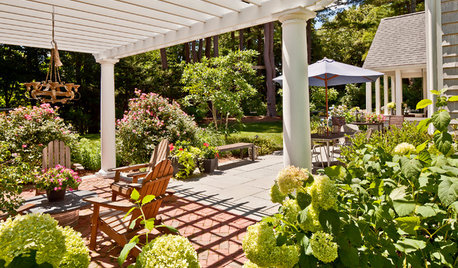
PATIO OF THE WEEK3 Microclimates and Countless Blooms
A trio of outdoor rooms plus a porch swing, exuberant plantings and plenty of seating make this Massachusetts yard ready to entertain
Full Story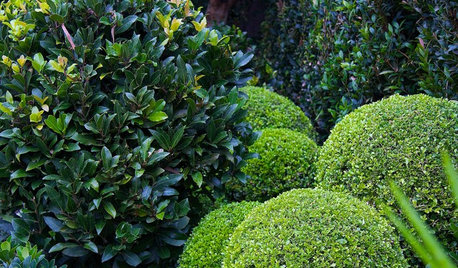
LANDSCAPE DESIGNGreen-Only Gardens Draw the Eye and Soothe the Spirit
Use plant and foliage variety to create a monochromatic landscape as visually pleasing as it is calming
Full StoryMore Discussions






October_Gardens
vasue VA
Related Professionals
Grand Haven Landscape Architects & Landscape Designers · Oatfield Landscape Architects & Landscape Designers · Woburn Landscape Contractors · Brandon Landscape Contractors · Fairhope Landscape Contractors · Fort Wayne Landscape Contractors · Garland Landscape Contractors · Lancaster Landscape Contractors · Middletown Landscape Contractors · Seminole Landscape Contractors · Albuquerque Siding & Exteriors · Kenosha Siding & Exteriors · Oak Forest Siding & Exteriors · Tustin Siding & Exteriors · Iowa City Siding & Exteriorsjazzmom516 (Zone 6b, MA)
dublinbay z6 (KS)